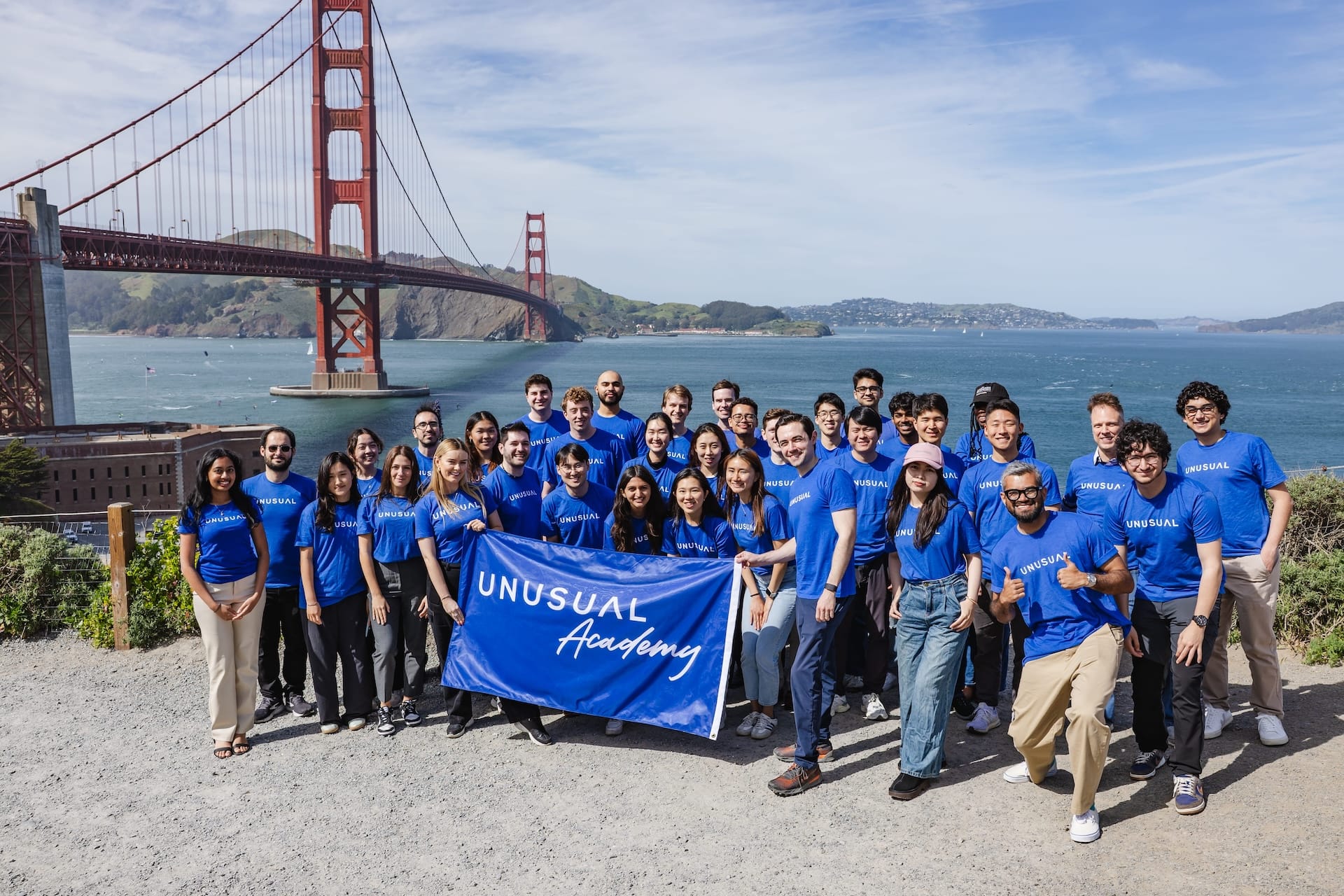About a decade ago, I kicked off what became a five-year tenure at Dropbox across multiple roles in both the business and product orgs. These days, I’m investing in early-stage SaaS companies, spending the majority of my time talking to founders building AI-native software.
At first glance, there’s not much of a common thread between Dropbox’s product, especially in its earlier days, and the new generation of applied AI software. File sync and storage seem miles away from the decision-making and content-generating capabilities of modern AI. As I speak to today’s startup founders, though, I’m consistently hearing echoes of key conversations we had at Dropbox years ago.
So, what does Dropbox have in common with AI-native SaaS startups?
Dropbox was one of the first major players in cloud storage and found early success in the space; however, as competitors (both new and existing companies) emerged, the storage itself became more and more of a commodity in the market. There’s a line of sight to a similar pattern in AI-native SaaS — while AI is unlikely to become commoditized in exactly the same way as cloud storage, it’s still critical for builders in the space to find ways to stand out from the crowd of both emerging and incumbent companies using similar technology.
Learn from what Dropbox did best
Dropbox’s early success was largely driven by two factors: effective user acquisition and great user experience. We employed a number of creative techniques, including a trendsetting referral program, to quickly build a strong, networked user base. Once users signed up for Dropbox, they were immediately met with a magical new way of working with their files and a simple, easy-to-understand user experience. Even as lower-priced competition emerged, this head start in terms of user base and UX became an invaluable competitive advantage.
THE TAKEAWAY
If you’re building AI SaaS, consider finding inventive ways to acquire your early user base and give them a reason to keep using your product over others that might seem superficially similar.
Build value from day one
When shipping an “AI product” can be as simple as putting some UX around an API call (to the same LLM that everyone else is using), how will the best products pull ahead? Learn from Dropbox’s experience — as competition emerged, we learned the hard way that cloud sync and storage wasn’t enough of a value proposition in itself.
Customers had a wealth of options available to them and pricing was a race to the bottom, so we had to find new ways of providing value to our users and becoming irreplaceable in their workflows. For example, we leaned into building intuitive sharing and collaboration workflows as a means of differentiating against competitors who could beat us on pure storage pricing.
THE TAKEAWAY
The best builders in AI-native SaaS will expect competition and some amount of commoditization and will build stickiness and unique value into their product from the outset. In most cases, simply providing your users access to AI functionality will not be enough — any number of competitors could do the same thing. Instead, focus on using AI as a building block in your broader product with a unique value proposition that only you can provide.
Start with focus
Providing a unique value to your users requires a deep understanding of who those users are and what their needs are. Rather than starting with a technology and trying to find problems for it to solve, focus on a painful problem and the user who’s desperate for it. In this world of powerful LLMs, nearly any product can be reimagined with an AI lens — you’re better off starting with a user problem and figuring out if AI can and should be part of the solution.
Most of the time, it’s much easier to start with a laser focus and broaden your horizons over time rather than starting broad and finding your core user later on. This is an area where Dropbox has sometimes struggled — while there was a clear problem being solved, it wasn’t always clear exactly who it was being solved for, which led to some growing pains as we scaled and got pulled in multiple disparate product directions.
THE TAKEAWAY
Solving a problem (however real and painful) for everybody can lead to a lack of product and go-to-market focus that can waste valuable time and effort and give your competitors an opportunity to pull ahead.
Conclusion
In today’s dynamic and competitive AI landscape, much like in the world of cloud storage a decade ago, the best builders can find their niche by focusing on a core user problem, providing unique value, and building great UX. Today’s AI founders will face many different dynamics and considerations than the ones we faced at Dropbox, but I think it’s worth taking the time to learn from this little slice of startup history.
At Unusual, we’re incredibly excited about investing in the next generation of AI-native software. If you’re looking for a fantastic team of operator-VCs to partner with you as you build from day zero towards product-market fit, we’d love to hear from you.
Lorem ipsum dolor sit amet, consectetur adipiscing elit. Suspendisse varius enim in eros elementum tristique. Duis cursus, mi quis viverra ornare, eros dolor interdum nulla, ut commodo diam libero vitae erat. Aenean faucibus nibh et justo cursus id rutrum lorem imperdiet. Nunc ut sem vitae risus tristique posuere.







.png)


